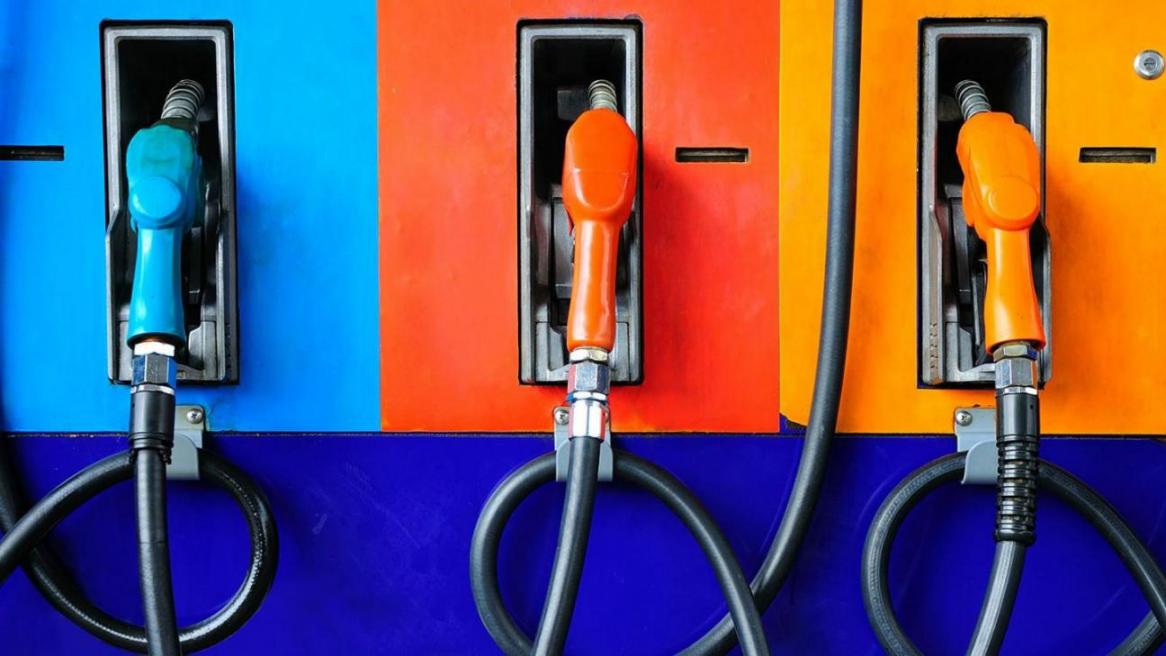Gasoline prices could be floated in the second half of next Iranian calendar year (starts March 21) due to the downturn in international prices, a member of the Parliament's Energy Committee told Mizan news agency.
"The government should take account of the declining trend in global gasoline prices when pricing the commodity next year," Amir-Abbas Soltani said, suggesting that a floating price should substitute the current fixed rates.
As a refined byproduct of crude oil, gasoline is priced in accordance with global oil prices. Global oil prices have tumbled more than 50 percent since June, hitting near six-year lows as growing production and tepid global demand has caused a supply glut and prompted oil producers to scale back spending.
In the spring of 2014 the Tehran government increased gasoline prices to 30 cents (10,000 rials) per liter, which is close to the Persian Gulf FOB prices of 38-44 cents (13,000-14,000 rials) a liter. Yet, gasoline in Iran is still among the cheapest in the world.
"The impact of a four-fold increase in gasoline prices on annual inflation rate will not exceed 2-3 percent," the lawmaker said, noting that a surge in fuel prices would not lead to an overall hike in prices "because they are determined by a host of different factors."
However, the move by the government of former president, Mahmoud Ahmadinejad, to cut fuel subsidies in December 2010, coupled with the impact of tighter economic sanctions by Europe and the United States, pushed inflation from 8.8 percent in August 2010 to around 40 percent by the end of his second term (mid-2013).
Increased Production
Production of Euro-4 quality gasoline will increase by 5 million liters next year, on account of a projected 1.5 and 3.5 million liters increase in output at the Tabriz and Bandar Abbas refineries respectively, Abbas Kazemi, managing director of the National Iranian Oil Refining & Distribution Company (NIORDC) said.
Referring to the recent reduction in gasoline consumption, he said the current gasoline inventory is 1.4 billion liters. Gasoline imports declined to 4.6 million liters in the current year, as a result of growth in domestic production and increase in the consumption of compressed natural gas (CNG) instead.
Apart from gasoline, consumption of other fuels such as diesel, kerosene, and liquefied petroleum gas (LPG) has also declined, resulting in larger inventories. According to projections, more than 50 million liters of mazut, 3,000 tons of LPG, 20 million liters of diesel, and 10 million liters of kerosene per day will be produced over and above domestic demand during the first three quarters of the next Iranian year.
"Arrangements have been made with the National Iranian Oil Company (NIOC) regarding export of surplus fuel," the official said.
Supplies Delayed
Shiraz and Ahvaz have not yet received the Euro-4 quality gasoline which was due to be supplied in eight cities by the yearend. Euro-4 gasoline was supplied in Arak, Tehran, Karaj, Isfahan, Tabriz, and Mashhad.
Supply of the fuel to the two cities was postponed to June," Nasser Sajadi, managing director of the NIORDC was quoted by ISNA as saying.
Emission standards define the acceptable limits for exhaust emissions of new vehicles. The European emission standards are defined in a series of European Union directives staging the progressive introduction of increasingly stringent standards.
While the gasoline for Shiraz will be imported, supply to Ahvaz has been made contingent on production from the key Abadan Refinery. Abadan refinery in oil-rich Khuzestan Province is expected to produce Euro-4 quality gasoline once a development plan is fully implemented.
The refinery operates as a subsidiary of NIORDC, and produces and processes a variety of different oil byproducts including LPG, naphtha petrochemical feed, regular gasoline, kerosene, jet fuel, gas oil, light fuel oil, lube-cut oil, bitumen, and sulfur.
When the development project is complete, Iran's gasoline production will rise by 6.2 million liters per day (ml/d), gasoil production by 15.5 ml/d, fuel oil production by 7.1 ml/d, kerosene by 3.9 ml/d, and liquefied gas by 1.5 ml/d.


